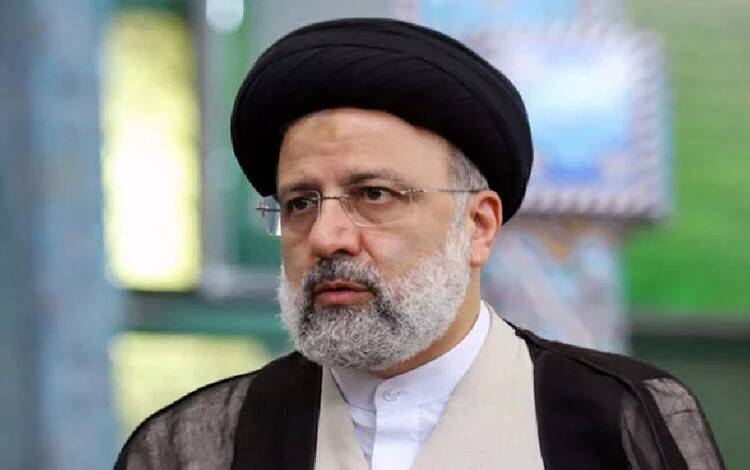The helicopter carrying Iran’s President, Ebrahim Raisi, crashed in a remote mountainous region. With several lines of communication on board, the prolonged silence has only intensified fears that the incident could be fatal. As the world holds its breath, media sources worldwide are reluctantly preparing for the grim confirmation of Raisi’s death.

In the immediate aftermath of the crash, the Islamic Revolutionary Guard Corps (IRGC) has been quick to mobilize, deploying forces to sensitive areas across Iran. This rapid response aims to secure key locations and maintain order amid rising speculation that the crash might have been part of a broader coup attempt to overthrow the government. The IRGC’s presence is a stark reminder of the volatile political climate in Iran, where power struggles and dissent are never far from the surface.
The uncertainty surrounding the crash has sparked varied reactions among Iran’s populace. In a stark display of the country’s deep political divisions, some citizens have taken to the streets, setting off fireworks in what appears to be a premature celebration of President Raisi’s presumed death. These spontaneous displays of joy highlight the significant discontent among segments of the Iranian public, who see Raisi’s potential demise as a hopeful turn for the country’s future.
This incident comes at a particularly tumultuous time for Iran, a nation already grappling with economic hardships, international sanctions, and widespread civil unrest. The loss of Raisi, a key figure in the Islamic Republic’s political landscape, could plunge the country into deeper uncertainty. His administration has been marked by hardline policies and a staunch opposition to Western influence, earning him both staunch supporters and fierce critics.
As the search and rescue operations continue, the lack of definitive information fuels a plethora of theories and rumors. Was this a tragic accident, or a meticulously planned attack? The presence of the Foreign Minister alongside President Raisi adds another layer of complexity to the situation, suggesting that the implications of this crash could extend far beyond the immediate tragedy.
International reactions have been cautious but concerned. World leaders and diplomats are closely monitoring the situation, aware that the stability of Iran has significant ramifications for regional and global geopolitics. The United States and European nations, in particular, are wary of any potential power vacuum that could lead to increased instability or conflict in the Middle East.
🔥🚨BREAKING NEWS: It has been over 3 hours since the helicopter carrying Iran’s president crashed. There is no doubt that there was several lines of communication on the helicopter and persons. At this point every media source is unfortunately awaiting for confirmation on what… pic.twitter.com/7gVF2sXcx8
— Dom Lucre | Breaker of Narratives (@dom_lucre) May 19, 2024
As the hours tick by, the world remains on edge, awaiting concrete news from the crash site. The fate of President Raisi and the true cause of the helicopter’s downfall will undoubtedly shape Iran’s political trajectory in the coming days and weeks. For now, the nation stands at a precarious crossroads, its future hanging in the balance.
